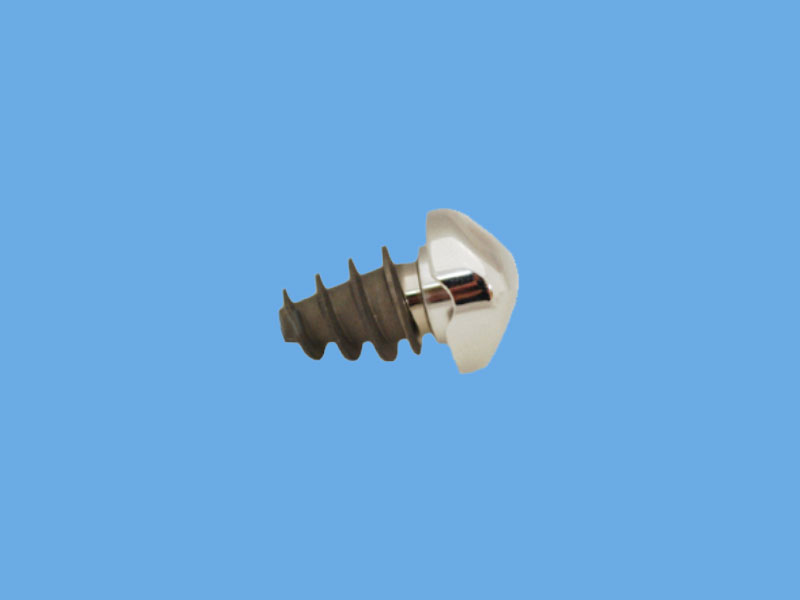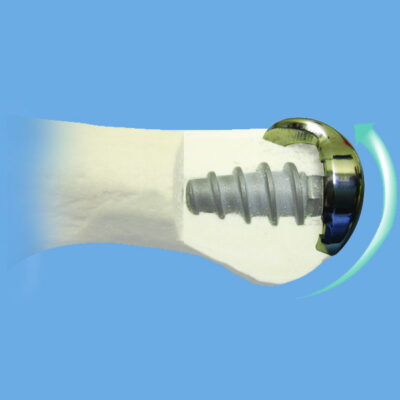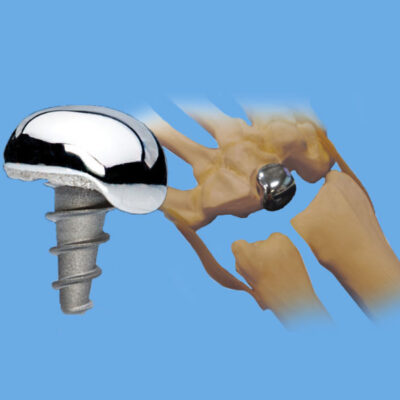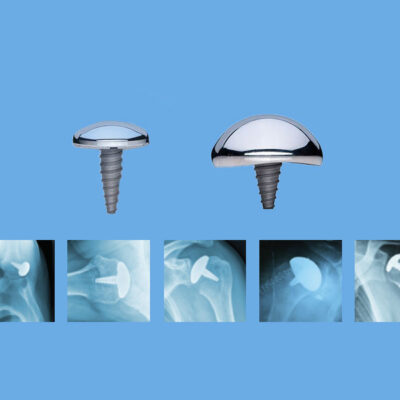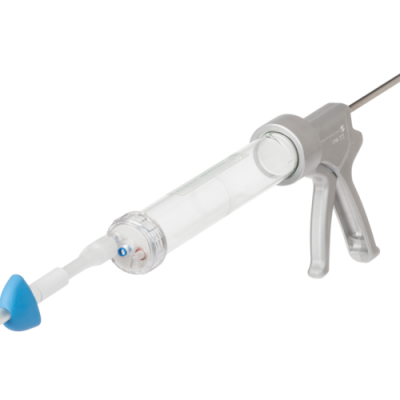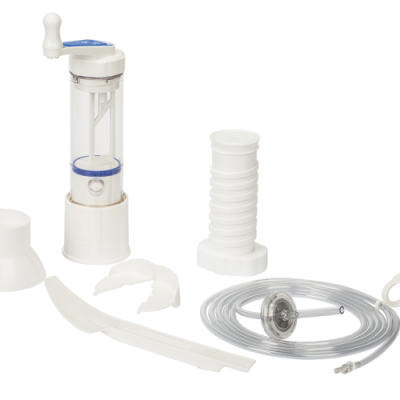Talus HemiCAP®
Product Information
The first choice when you need a second chance
To treat ankle pain in our International Markets, we offer the Talus HemiCAP® which has 10 convexities and a unique geometry. There are often patients who only have damage to the ridge and dome of the talus (usually medially). The common solutions for this type of defect are a fusion or total ankle replacement after conservative treatments have failed. For localized talar lesions, these options might be considered too aggressive, especially in a young patient. Arthrosurface® designed the Talus HemiCAP® to restore the dome, ridge and medial wall with all three curves/surfaces incorporated into one implant.
Product Features
- One implant for 3 surfaces: dome, ridge and medial wall
- Screw based fixation provides a stable implant
- Inlay components restore congruency & maintain existing biomechanics
- Implant protects subchondral bone and shares load with surrounding tissue
- Minimal bone & tissue removal maintains future options – “No Bridges Burned”
Surgical Technique
The Talus HemiCAP® implant system is comprised of two parts, an articular cap and a fixation component. The surgical procedure begins with an arthroscopy. If the articular defect is deemed appropriate for the HemiCAP® procedure, then a malleolar osteotomy is performed to access the joint. The axis perpendicular to the lesipartial knee replacementon is established with the drill guide and a guide wire is introduced into the middle of the defect. The fixation component is implanted to establish the mechanism for anchoring the articular component. The uniquely designed instruments are used to map the contours of the patient’s native surface curvatures using the fixation component as a central axis. The defect is then prepared for the resurfacing implant. Once the proper fit is confirmed using the trial the HemiCAP® implant is brought into position and seated. The osteotomy site is then set in place with screws and the joint is closed.
